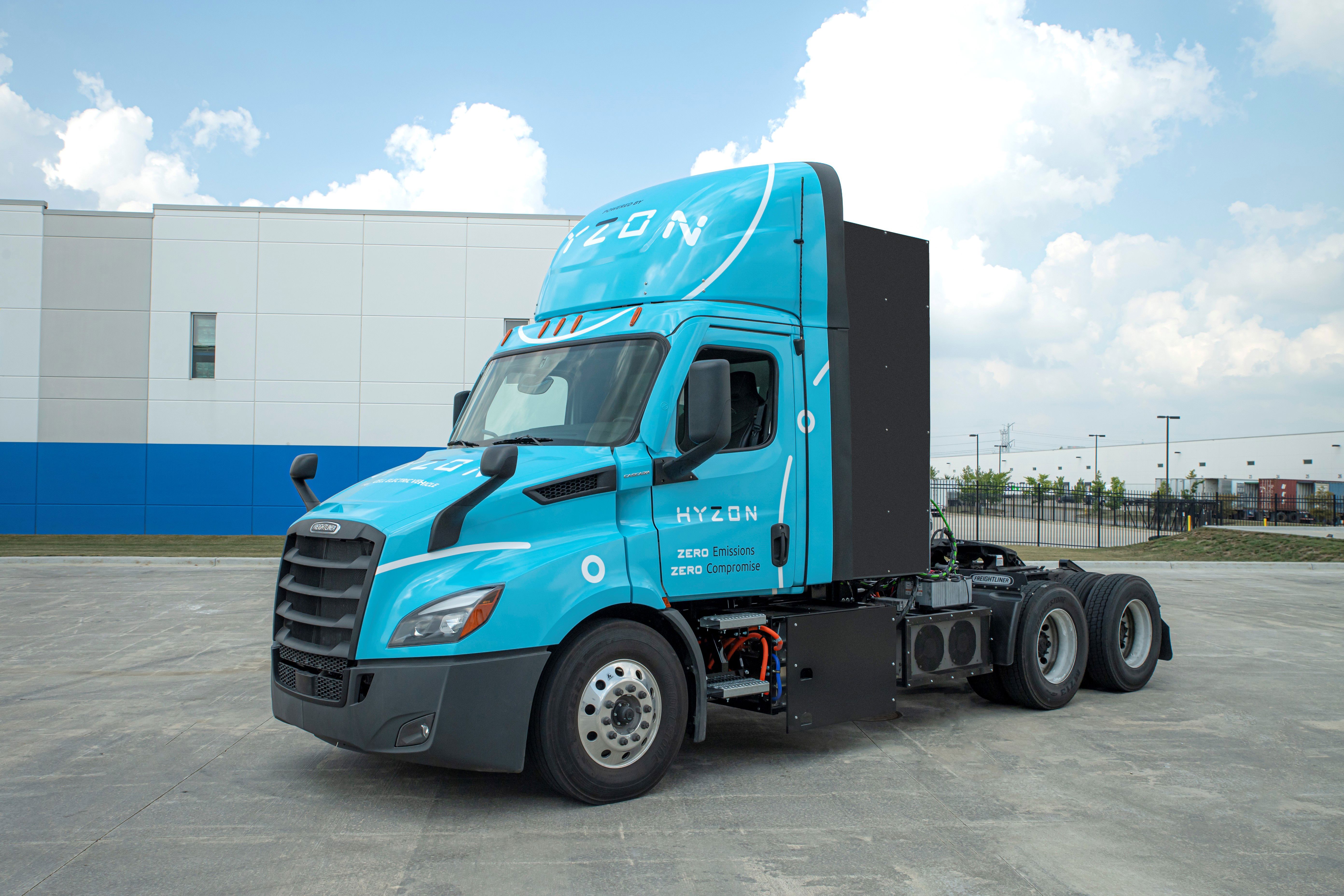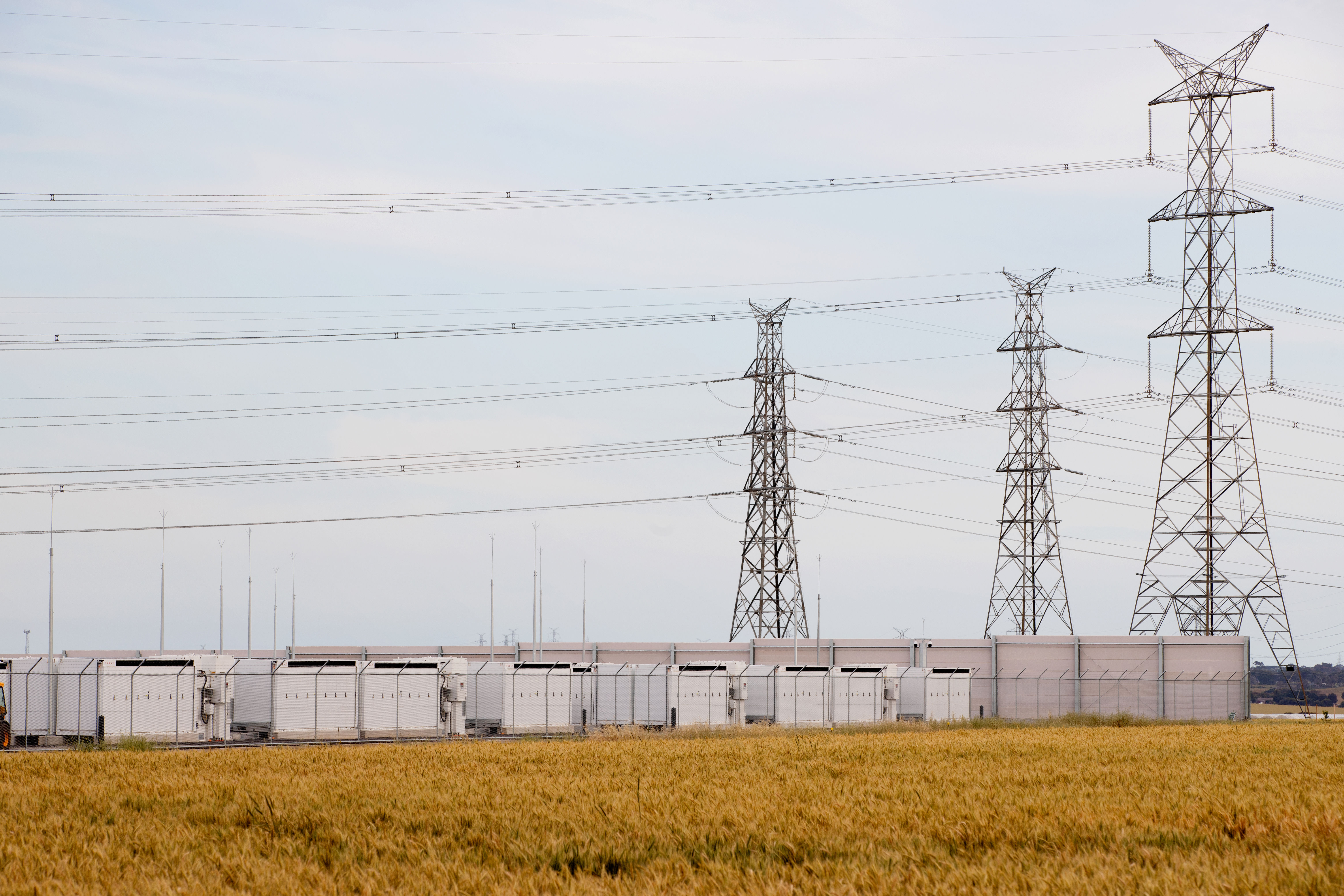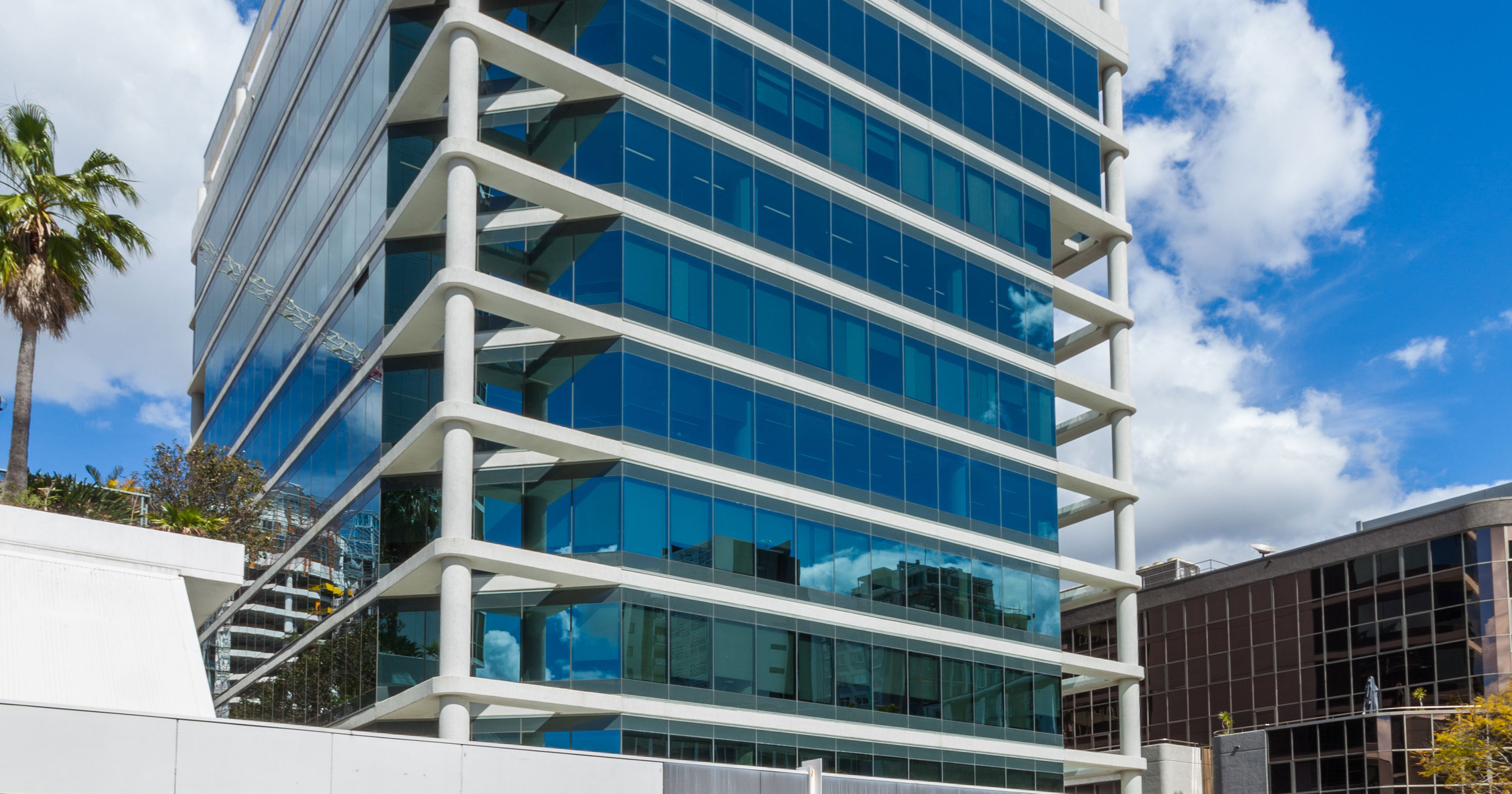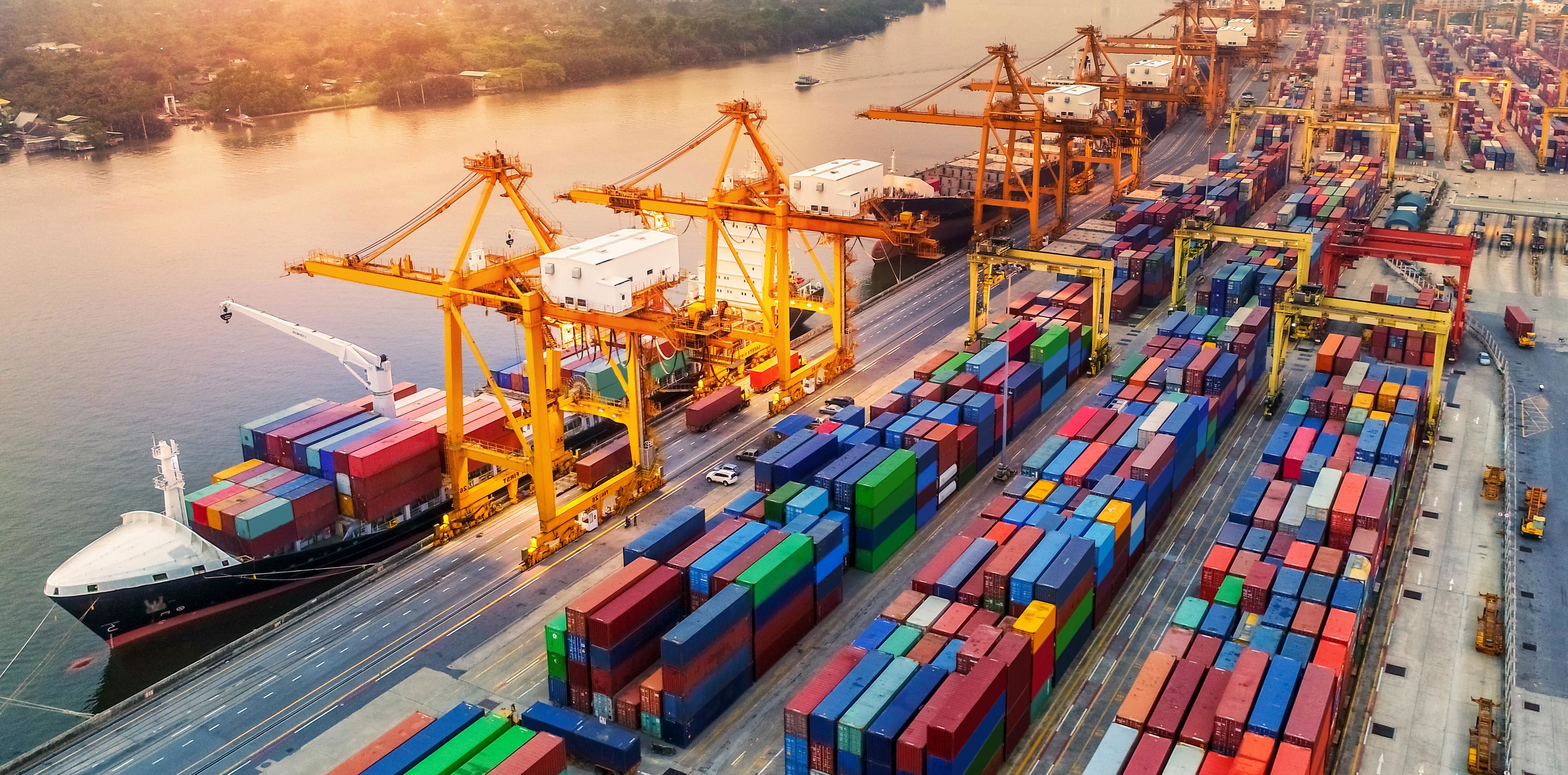CEFC hydrogen investment fuels world’s heaviest fuel cell electric trucks

8 November 2021
A landmark investment by the CEFC will help develop a local hydrogen economy while driving down emissions in the transport sector. In its first investment through the Advancing Hydrogen Fund the CEFC has committed up to $12.5 million to help Ark Energy Corporation produce green hydrogen to power what are expected to be the world’s heaviest fuel cell electric trucks.
The CEFC commitment, on behalf of the Australian Government, will finance five purpose-built, zero emissions trucks and the construction of hydrogen production and refuelling infrastructure to fuel them, helping deliver a more sustainable zinc supply chain.
The hydrogen fuel cell electric trucks will deliver zinc ore from Townsville Port in Queensland to the Sun Metals Refinery, where they will refuel with green hydrogen produced on site, before taking zinc ingots back to the port in a 30 km clean energy round trip.
Ark Energy’s SunHQ hydrogen hub will include a 1MW PEM electrolyser, compressors, storage and refuelling infrastructure that will produce up to 158 tonnes of green hydrogen per annum. It will be powered by renewable energy from the Sun Metals 124 MWac solar farm at the zinc refinery.
The project can also kickstart a thriving hydrogen economy in Queensland, with the site able to supply green hydrogen for a range of customers and offering the potential for further decarbonisation.
CEFC CEO Ian Learmonth said: “Australia’s ability to continue reducing its emissions depends on how well we tackle those areas of the economy that are harder to abate. So it is significant that our first investment through the Advancing Hydrogen Fund will catalyse the decarbonisation of heavy transport, where electrification has proven challenging.
“As a cleaner and more enduring energy source, green hydrogen offers important emissions abatement opportunities. The trucks that work in the heavy transport sector have ultra-heavy payloads and typically operate around the clock, so cannot be off the road for several hours to recharge.
“A lack of suitable vehicles in Australia poses another significant hurdle to decarbonisation. These unique Hyzon trucks will be custom built for Australian conditions, fast tracking the switch to clean energy in Australia’s ultra-heavy transport sector by several years.”
The 140 tonne rated Hyzon Motors hydrogen fuel cell trucks are expected to be the first of their kind in Australia, replacing their diesel equivalents in the Townsville Logistics fleet. The initial five zero emissions trucks are expected to abate about 1,300 tonnes CO2 per year.
The project is also supported by $3.02 million funding from ARENA, which has announced conditional approval, to be paid upon the commissioning of the refuelling facility and delivery of the five fuel cell electric trucks.
CEFC Head of Hydrogen Rupert Maloney said: “The CEFC and ARENA have a strong track record of working together to spearhead action in hard to abate sectors, as well as developing new industries to drive down emissions. This project demonstrates again the importance of this cooperation as the drive to decarbonise continues to push into new territory.
“Everything we learn about hydrogen use in heavy transport will also help others who are also keen to improve their sustainability despite similar challenges. By demonstrating the suitability of what are expected to be the largest hydrogen fuel cell electric trucks in the world, this investment has the potential to spearhead further take up across the heavy transport sector, including mining and other industries such as rail, marine and even aviation.
“This investment also enables us to lift our ambitions even further and support emissions reduction in the carbon intensive zinc supply chain,” Mr Maloney said.
It is the first phase of an ambitious strategy by Ark Energy that will initially focus on developing a domestic hydrogen industry in Queensland with the ultimate aim of exporting green hydrogen to Asia. It reflects the broader sustainability strategy of the Korea Zinc group, including Sun Metals which has joined the global RE100 initiative and aims to be the first refinery in the world to produce green zinc.
Ark Energy CEO Daniel Kim said: “We are committed to accelerating the Korea Zinc group’s energy transition notwithstanding the fact that the group operates in notoriously hard to abate industry sectors including zinc refining and heavy haulage.
“As part of our ambition to be the safest and most competitive producer of green hydrogen in the world, we plan to be an extreme user of hydrogen making it pervasive across the group’s businesses. We also plan to be a demand creator of hydrogen, stimulating demand with third parties in the market.
“To help build demand for hydrogen, we need to supply it as cheaply as possible, which is why the CEFC’s support is so critical. It also means that customers can leverage our production and refuelling infrastructure at SunHQ and won’t need to pay for the capital cost of conversion away from diesel. It all adds up to kickstarting the development of North Queensland’s local hydrogen economy.”
It is the latest CEFC investment to align with priority technologies identified by the Australian Government Low Emissions Technology Statement, following investments in soil carbon and transmission infrastructure. The CEFC invested in hydrogen technology through the Innovation Fund, with a $750,000 commitment to Hysata to develop its innovative electrolyser production technology.
The transport sector is Australia’s third largest source of greenhouse gases, responsible for 17.5 per cent of emissions. Transport emissions have risen 41 per cent since 1990.1
The Australian Hydrogen Market Study, which was commissioned by the CEFC, found that transport is close to commercialisation, with high utilisation heavy haul transport likely to be dependent on green hydrogen to reduce emissions.
1 Quarterly update of Australia’s Greenhouse Gas Inventory: March 2021, Department of Industry, Science, Energy and Resources
Media release, 2021




